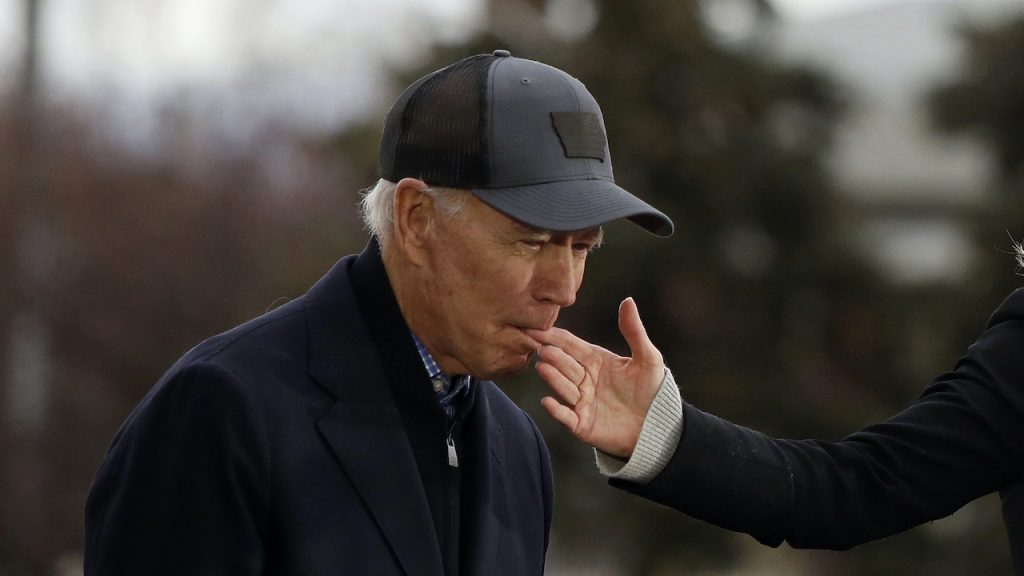New-Look SCOTUS Defends Religious Liberty, Stands up To Power-Hungry Governors
Written by Kevin Catapano on 12/06/2020
Over the past two weeks, the U.S. Supreme Court ruled in favor of religious liberty twice. In New York, the Court judged that Gov. Andrew Cuomo was violating the First Amendment’s free exercise clause by imposing capacity restrictions on religious institutions and not on liquor stores, laundromats and airports, among other secular businesses deemed “essential.” In California, the justices determined again that religious freedom was being arbitrarily infringed and remanded the case back to a lower court with instructions to reconsider in light of the Court’s decision in Roman Catholic Diocese of Brooklyn v. Cuomo.
What do these decisions mean?
Well, firstly, they mean that the Supreme Court will protect Americans’ religious liberty instead of the politicians who don’t think it to be all that important. As Justice Gorsuch opined, “The only explanation for treating religious places differently seems to be a judgment that what happens there just isn’t as ‘essential’ as what happens in secular spaces.” The rulings signal that this won’t be allowed in New York or California—and, by extension, the rest of the United States.
But the rulings mean something else.
Americans can sense the culture shifting toward the secular and away from the religious. That’s fine in the sense that Americans have the freedom to not be religious if they choose. But this shift is different. It’s not freedom of religion; it’s freedom from religion. This is the idea that secular Americans should never have to be exposed to religious activities and that faith of any sort should be barred from public institutions altogether.
There is the idea that smart people simply don’t believe these things anymore; that the religious are an increasingly marginalized fraction of the broader, “enlightened” society. The religious and their backwards, often “bigoted” beliefs should be further pushed outside the mainstream. And this is a manageable aim given that the secular left controls the major cultural institutions: the entertainment and journalism industries, social media, academia, and corporations.
It’s long been said that politics is downstream of culture. When the culture shifts leftward, so too do the rulings of the Supreme Court – because the Court has to keep abreast of the evolving culture in order to preserve its legitimacy in the eyes of the public. If the Court continuously ruled against religious liberty, Americans would find themselves increasingly alienated from their freedom in exercising faith, as well as from equal participation in their own representative democracy.
The Bill of Rights is uncompromising in the sense that these are the individual freedoms and constitutional rights that Americans all believe and abide. Among them is religious liberty. That can only be overturned with national consensus executed through the amendment process, not merely the decree of nine unelected, unaccountable robes.
In his dissent in Obergefell, the late Justice Scalia argued that the justices weren’t merely unelected; they were entirely unrepresentative of the people who they proposed to govern from on high. He pointed out that four of the justices were from New York City alone. Only one justice hailed from anywhere within Middle America. All of them had graduated from either Harvard or Yale Law School. In other words, they were mostly all coastal elites who grew up in liberal cities.
Americans are supposed to govern themselves. When this happens, it looks like a fair diversity of viewpoints and customs because the United States is not monolithic. New York City is quite different in its religious beliefs and practices than Provo, Utah.
So, why should one particular group of Americans get what they want from those (unelected) few on the Court who happen to be like them while the rest of America gets shafted?
Ultimately, these rulings do mean that religious liberty will be protected. But they also demonstrate that a major front in the culture wars will not be ceded to secular leftists – a front which shouldn’t even be a battleground in these conflicts, given its protection in the Constitution. But the best part is this: it’s not a partisan victory, even if either side of the political aisle might say so. It’s simply a demonstration by the new-look Court that it’s prepared to do its job in holding accountable politicians who think religious liberty secondary to their unconstitutional agendas.
(Photo: Flickr/Kjetil Ree/CC BY-SA 2.0)
Disclaimer: The views and opinions expressed in this article are those of the authors and do not necessarily reflect the position of Heroes Media Group





